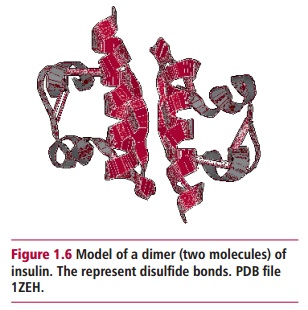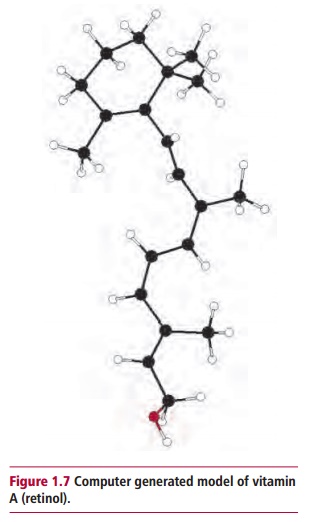Chapter: Biology of Disease: The Nature and Investigation of Diseases
Classification of Diseases
CLASSIFICATION OF DISEASES
Some diseases
share common features and can be grouped together in a classification system.
One way of classifying diseases is on the basis of their cause (Table 1.2). This is by no means perfect as some diseases have multiple causes
and there is likely to be an overlap between the different categories.

Infectious diseases are caused when
microorganisms such as viruses, bacteria,fungi, protozoa and helminths enter
and spread within the body.
Immunological diseases occur in circumstances inwhich the immune
system can cause damage to the body’s own tissues. In autoimmune conditions,
for example autoimmune thyroiditis, antibodies are produced that attack the
body’s own tissues. Alternatively, there are diseases associated with
immunodeficiency that increase the susceptibility of the patient to infectious
agents. This occurs in severe combined immunodeficiency (SCID) and in AIDS.
Endocrine diseases arise from the over- or
underproduction of hormones orfrom resistance to a particular hormone perhaps
because the cellular receptor is absent as the result of a mutation. Thus, for
example, acromegaly is caused by the overproduction of growth hormone in
adults, whereas type 2 diabetes mellitus is a consequence of insulin
resistance, when the appropriate target cells fail to respond to the hormone (Figure 1.6).

Homeostatic diseases arise when
mechanisms for controlling homeostasisare disrupted. For example, in the
syndrome of ‘inappropriate ADH secretion’ diminished urine production leads to
an increase in body fluids.
Nutritional diseases result from an
inadequate intake of nutrients, such asproteins (which supply essential amino
acids), carbohydrates, essential fatty acids, vitamins or trace elements.
Inadequate nutrition is a major cause of disease, particularly in developing
countries. Such deficiencies may be generalized, as in protein-energy
malnutrition where there is simply not enough food, or there may be a lack of a
specific nutrient, for example, vitamin A (Figure
1.7) leading to several disorders including night blindness. In contrast,
in many developed countries an excessive intake of energy combined with a lack
of exercise is responsible for a worrying increase in obesity.

Toxic diseases are caused by the ingestion of a
variety of poisonsthat may be encountered in the environment. Ingestion may be
accidental or deliberate. Carbon monoxide can be inhaled from car exhausts or
faulty gas fires or water heaters, causing tissue hypoxia and death.
Genetic diseases arise due to defects in the genes
or chromosomes ofindividuals A defective
gene may result in the inadequate production of a key enzyme, such as
phenylalanine hydroxylase in phenylketonuria. Down syndrome is an example of a
disorder which arises due to an abnormal chromosome complement. Some genetic
disorders are not inherited from parents and may arise from a new genetic
mutation in the offspring, as in the disease progeria. Congenital diseases are
present at birth and may or may not have been inherited. They may arise due to
a developmental defect of known or unknown cause. Thus, a newborn may suffer
from fetal alcohol syndrome, a congenital condition arising as a consequence of
excessive alcohol intake by the mother during pregnancy.
Neoplastic diseases are
characterized by the uncontrolled and abnormalgrowth of cells. These cells form
benign or malignant tumors . Malignant neoplasms are a major cause of death in
many developed countries. Moreover, their incidence is increasing as people
live longer.
Traumatic diseases are caused by physical injury and
include mechanicaltrauma, extremes of heat or cold, electrical shock and
radiation. Apart from the obvious problems caused by extensive damage to
tissues, traumatic diseases may render an individual more prone to infection by
compromizing the immune system .
Degenerative diseases involve the
progressive loss of body tissues andimpairment of their functions usually
associated with aging . Examples include neurodegenerative diseases, such as
the relatively common Alzheimer’s disease and muscular dystrophy.
Psychogenic diseases originate in
the mind. They may have a significantpsychological or emotional component as
seen, for example, in schizophrenia.
Iatrogenic diseases arise as a
consequence of treatment. For example,patients who are receiving drugs, such as
thiazide diuretics to control their blood pressure, may suffer from low serum K+ (hypokalemia)
caused by an excessive renal loss. If untreated, hypokalemia may, in turn,
cause cardiac arrhythmias . Finally, idiopathic
diseases are those of unknown cause.
Related Topics